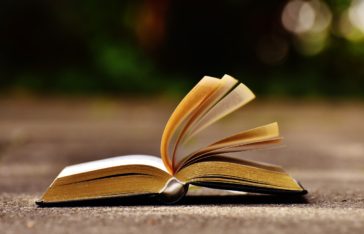Plotting the Picture Book, Part II: 5 More Plot Structures
Let’s get back to those quirky, fun books that writers of all ages tend to love. And what’s not to love—tight plots, precise characterization, emotional impact—all within a very controlled 32 pages and, nowadays, often with less than 700 words. They’re not easy to write, and to get right. In fact, as the author of three novels, many poems, magazine article, and 13 picture books, I find that a good picture book is the most difficult thing I write. (Maybe … Read More »






